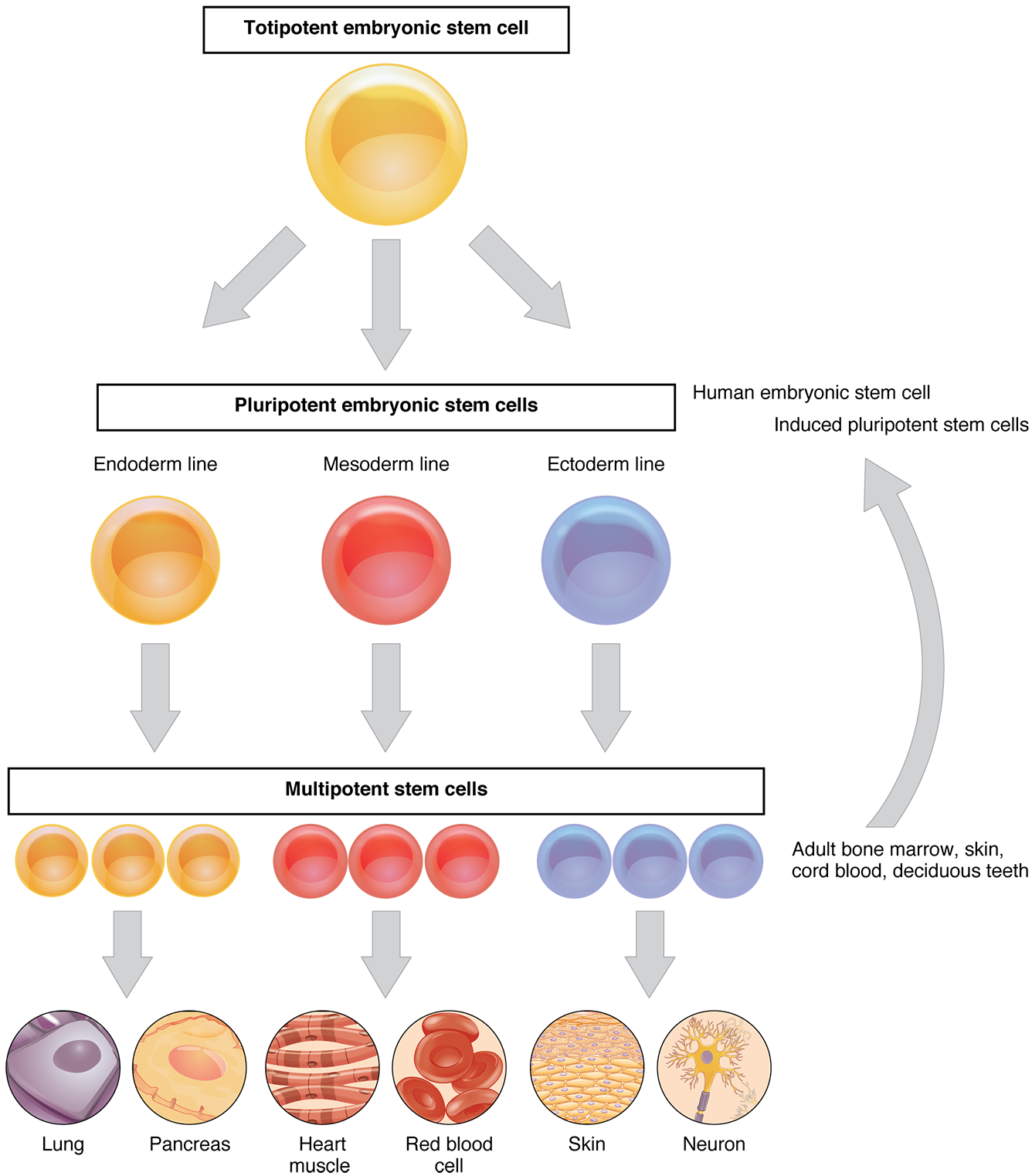https://docs.google.com/presentation/d/1WWzaWb2RQ7YcG55BDnSo3QJGA0eIsu8jf6HVvTlWeTI/edit?usp=sharing
Our Monday Wellness topic was sitting. We chose this topic because last year we had a lot of experience with sitting for long periods of time often for studying and were curious about how sitting for too long could affect our health. We were also curious about the correct way to sit ,and how form can have long term effects on health. I think that this topic is important because with technology today and the workload of students we are encouraged to sit more and for longer periods of time.
While we were doing research for our presentation, we learned about different health aspects of sitting and were surprised about the large part it played in a person's health. Originally we thought we would be learning a lot about how bad posture and sitting for too long would affect the spine, but there was too much information on both posture and sitting other than the spine that we had to somewhat separate the topics. For posture it was interesting to learn about how with a good posture people actually feel better about themselves and have a better mood, so posture doesn't only affect the physical aspect of health, but also the social aspect. It was also very useful to learn about the small steps to actually have good posture. For sitting it was interesting to learn about different studies and how the results showed that sitting for too long is actually connected to many health problems such as diabetes and cancer. At first it was scary to learn about these risks, but we also learned how easy it was to avoid these health risks by putting in the effort to sit less and become more active or take breaks from sitting with stretches.
I think our topic is important to health and wellness because during the school year students spend a lot of time sitting. Sometimes they do not have a choice when they are studying or in a classroom. It is important that students learn about how sitting too much and bad posture can affect them in the long term, Students can take active steps to improving their sitting habits by taking breaks when they can to do stretches and to not slouch so much when they are in class. By following some of the things we taught them, they can live healthier lives because of the different pillars of health that sitting affects.
On a scale from 1-10 I would give our presentation an 8 because I feel that we learned a lot from our topic and we put in the effort to meet during the weekend to prepare. We also made sure to get evidence from different studies to back up our facts and connected it to our unit on health. It also took time to think of ways to make the presentation more interactive with our audience, but in the end we were able to come up with the before and after pictures that the students could use to see how they needed to improve their posture. However, our presentation was not long enough and we should have added more to our activities. Overall, I think our presentation was very informative and relatable.














